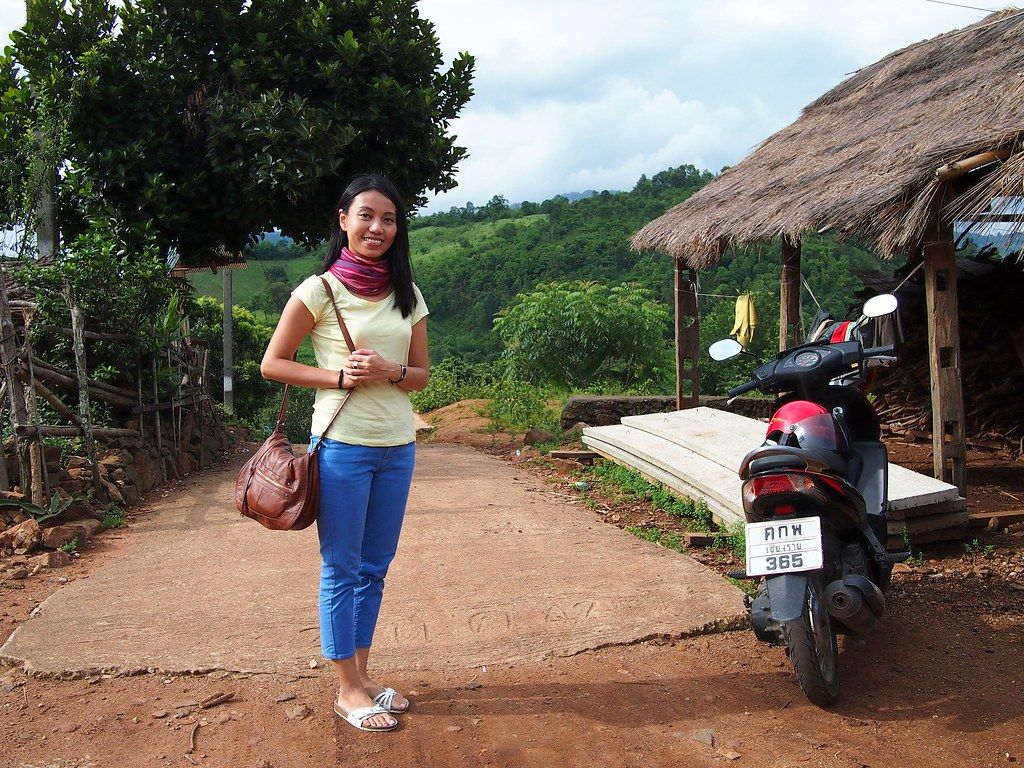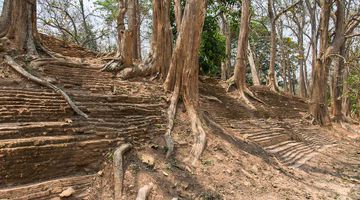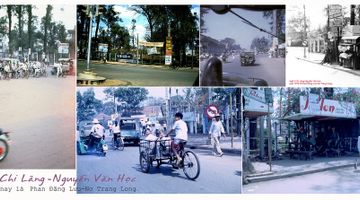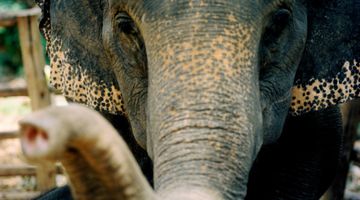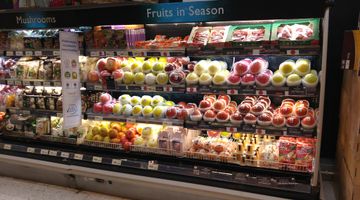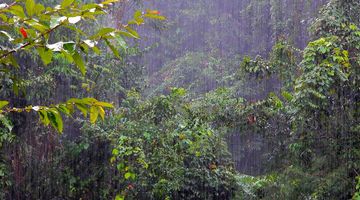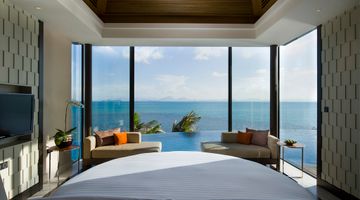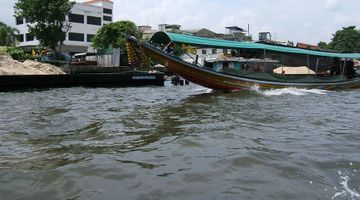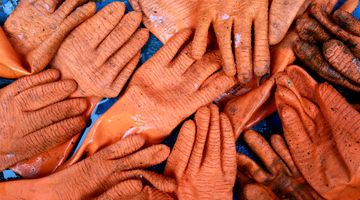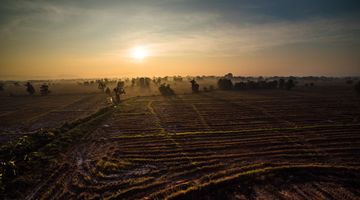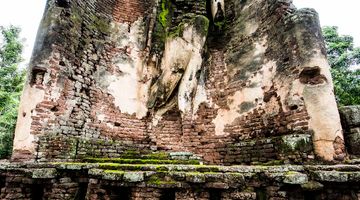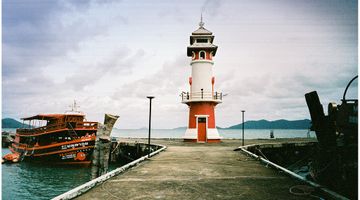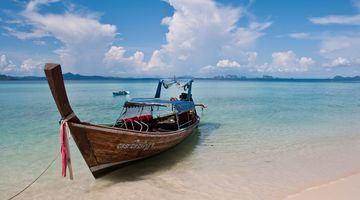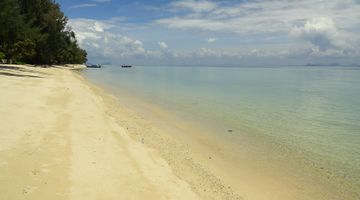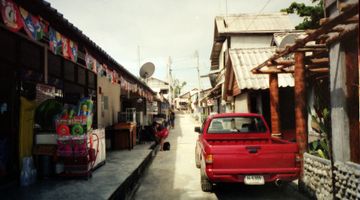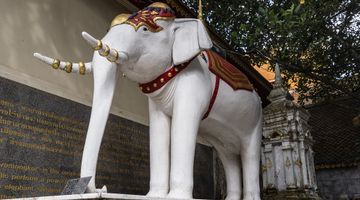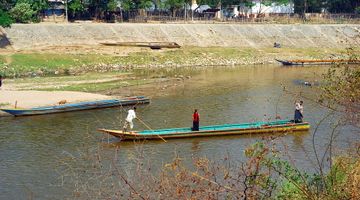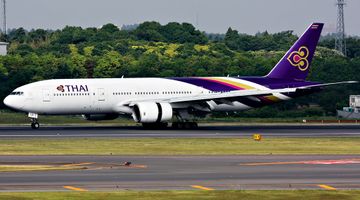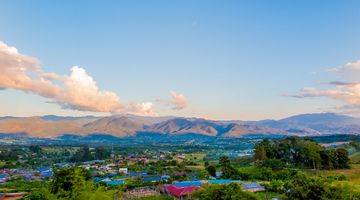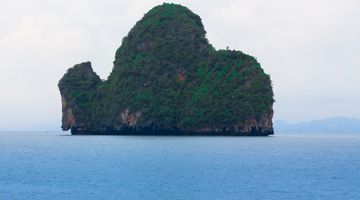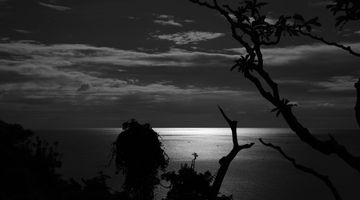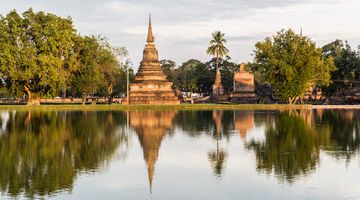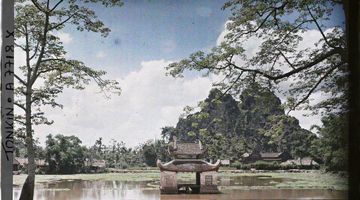Mae Salong Travel Guide
In a nutshell
Mae Salong, also known by some as Doi Mae Salong, is a sleepy town located in the Northern Chiang Rai province of Thailand and is famous for its Chinese influences, although these can be harder to detect nowadays.
Why go to Mae Salong
Despite being further off the beaten path than many other popular locations in Thailand, there is plenty to see if you do decide to take a detour and spend some time here.
The region is characterised by the presence of many hill tribes, and one of the most popular activities is hiking and exploring these local villages. Tour operators run day trips to hill tribe villages, offering travellers a chance to get to understand a different, slower paced way of life.
There are also many tea plantations in the area, and some tourists will choose to spend their time exploring these, either independently by motorbike or on an organised excursion. As with all Thai towns there are temples to be visited, some offering excellent views of the surrounding hills and countryside. To learn more about the history of Mae Salong, you can also spend time at the Chinese Martyr’s Memorial Museum or the Tomb of General Tuan.
When to go to Mae Salong
The most popular time to visit Mae Salong is between December and February, although it can be cool and misty, at this time of year many beautiful flowers are out across the countryside. Rainy season is best avoided, bringing with it very heavy rains, and is between June and October.
Where to stay in Mae Salong
There’s a good amount of accommodation available to choose from in Mae Salong, considering that it is quite a small area and not too widely known by tourists. It’s worth noting as well that if you’re on a budget and visiting outside of high season it’s often possible to negotiate on price.
There are few high end options in the town, although generally the quality is higher on the outskirts rather than in the centre.
Budget and mid range options abound throughout the town, from cosy bungalows to more resort style accommodations. If you are visiting in high season then it’s probably worth booking in advance to ensure that you get the choice you’re looking for and are happy with the standard.
Where to eat in Mae Salong
There are also plenty of decent options when it comes to food and drink in the Mae Salong, with most choices located in the town centre.
Mae Salong has a strong Chinese heritage, beginning as a Yunnanese town, so dishes inspired by Yunnanese flavours are popular, meaning you can take a break from Thai food to try out something new. If you’re on a tight budget then there are many noodle stands and small cafes that you can choose from, often selling Yunnan noodles for less than THB40.
Many restaurants in the town offer Thai, Chinese and Western dishes so there is an option for anyone regardless of your tastes. Menus in English are the best way to suss out the most tourist friendly shops as there are still some places that only have Thai menus. It’s worth mentioning that there is very little in the way of alcohol available, and Mae Salong is anything but a party town. Drinking tea is a more popular pursuit here!
How to get around Mae Salong
Whilst the town is relatively small it is quite spaced out, and with many of the attractions for travellers on the outskirts it’s worth getting some form of transport sorted to help you get around.
Most choose to rent a motorbike for around THB200 plus any fuel costs, as Mae Salong isn’t really walkable other than the most central spots. There are occasional songthaews, but overall public transport in the area is also limited. If you’re not confident on a motorbike, it may be easier to hire a car and drive here so you have your own wheels for your trip.
How to get to and from Mae Salong
Getting to Mae Salong is fairly straightforward, although given its relative isolation there are only two routes in by road - one from Pasang and the other from Tha Ton, nearer to Chiang Mai. Give that you’re in the Northern Thai countryside which is known for hilly and mountainous terrain, these roads are very twisty and turny, so don’t expect an easy journey! Make sure to be prepared if you get carsick.
Most people choose to head to Mae Salong from either Chiang Mai or Chiang Rai.
If you’re making your way from Chiang Mai, the best route by bus is to head first to Tha Ton, where you will need to catch another connection to get to Mae Salong. Yellow songthaews leave Tha Ton for Mae Salong three times per day, at 8.30am, 10.30am and 12.30pm, or if you want to leave immediately or arrive later in the day, you can charter a private songthaew as there are usually drivers around. It’s THB60 for one of the scheduled services or around THB300 for the private service.
From Chiang Rai, you can take a bus to Mae Sai and ask to be dropped off at Pasang / Mai Selong, which costs THB25 and takes around one hour. At the junction you’ll be dropped at you’ll find blue songthaews which cost THB50 for a group trip or THB400 for a private charter. Wait times can be long so do try to avoid this route if you can.
A popular alternative from Chiang Rai is to get dropped off at Mae Chan market, where there are four buses per day at 7.30am, 9am, 11am and 1pm - the journey costs THB60 although this may be split across two buses on the route.
Alternatively it’s around a 5-hour drive along winding roads from Chiang Mai. Once most people have finished their time in Mae Salong, they choose to head onwards to either Chiang Mai or Chiang Rai depending on where they came from. From either of those it’s straightforward to get to popular next stops like Laos or even back to Bangkok by train, bus or car.
Is Mae Salong a safe place to visit?
Finally, a couple of things to note when it comes to safety in Mae Salong. Generally the town itself is safe, but the area came to prominence as part of the Opium ‘golden triangle’ and is close to the border with Myanmar. Be very cautious to stick to marked trails if trekking and hiking alone in the hills isn’t always the most sensible idea unless you leave full details of your planned route behind.

